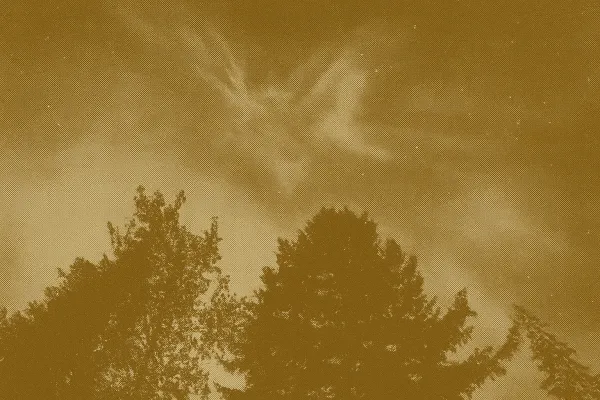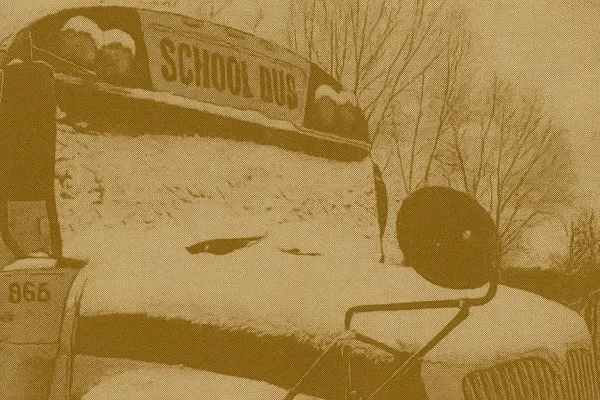Based on coverage from CBC, CTV, and The WeatherNetwork.
Skygazers across Canada and the U.S. were treated to a spectacular display of the northern lights on Tuesday night, with the aurora borealis visible as far south as New Mexico and Texas. This dazzling spectacle was the result of a pair of Earth-directed coronal mass ejections (CMEs) that reached our planet, causing a geomagnetic storm. The Space Weather Prediction Center (SWPC) forecasts that this storm could continue into Wednesday night and possibly Thursday, though it may not be as intense.
Northern Lights Illuminate Southern Canada and Beyond
The sun is currently at the peak of its 11-year activity cycle, which means more frequent and widespread aurora displays. This solar maximum phase has allowed the northern lights to be seen in unexpected places, delighting skywatchers far from the Arctic Circle. On Tuesday night, the lights danced over southern Canada and parts of the United States, with sightings reported as far south as Texas. Canadian astronomer Debra Ceravolo expressed her surprise at witnessing the phenomenon in Texas, highlighting the unusual reach of this celestial event.
The sun's active phase is expected to last through the end of this year, with the peak of solar activity not known until months later. This heightened solar activity is causing the auroras to appear further south than usual in both North America and Europe. While this is a treat for skygazers, solar storms can also have less welcome effects, such as disrupting power grids and interfering with radio and GPS communications.
Support The Canada Report and help keep it ad-free and independent — click here before you shop online . We may receive a small commission if you make a purchase. Your support means a lot — thank you.
How to Catch the Aurora Borealis in Canada
For those who missed Tuesday night's show, there's still hope. The NOAA's Space Weather Prediction Center has issued a rare G4 watch for Wednesday night, indicating a severe storm that could make the northern lights visible across much of Canada. The best viewing opportunities will be in Western Canada and the Prairies, where clear skies are expected. Unfortunately, cloud cover may obstruct the view in British Columbia and much of Eastern Canada.
To maximize your chances of seeing the auroras, find a dark, quiet spot away from city lights. National and local parks are ideal locations for aurora-watching. Checking the weather forecast is crucial, as clouds can completely obscure the spectacle. If you're keen on capturing the moment, try using your smartphone camera, which might pick up details not visible to the naked eye.
Solar Storms: A Double-Edged Sword
While the northern lights are a breathtaking natural wonder, the solar storms that cause them can also pose challenges. Fast-moving particles and plasma from the sun can disrupt Earth's magnetic field, leading to temporary power outages and communication issues. Historical events, like the 1989 solar storm that knocked out power across parts of Quebec, serve as reminders of the potential impact of these solar disturbances.
Space weather experts can't predict solar storms months in advance, but they can issue alerts a few days before a solar outburst reaches Earth. This allows relevant parties to prepare for possible disruptions. As we continue through this period of heightened solar activity, it's wise to stay informed and ready for both the awe-inspiring displays and the potential challenges they bring.
Related: First Snowfall Hits Simcoe County; School Buses Continue Amid Safety Precautions








